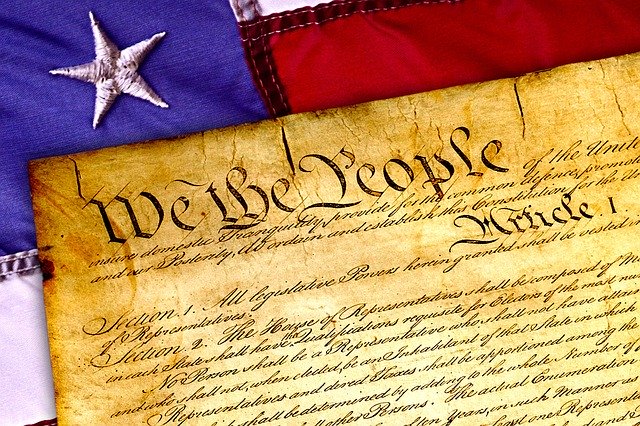This post was written by Dr. Max Lyons, Director of Teaching Services at the Foundation for American Christian Education (FACE). Dr. Lyons is a teacher, curriculum writer, and conference speaker, specializing in the areas of Bible, history, government, law, economics, and Biblical worldview. Max is also a member of the IPS Scholars Council. For more information, please visit the FACE website at www.face.net where you can access additional resources.
Estimated reading time: 3 minutes
As a Virginian and an American Christian, I am proud that on December 15, 1791, Virginia became the tenth state to ratify the Bill of Rights, the first ten amendments to the Constitution, thus making it officially part of the United States Constitution and the law of the land.
Why is this so significant?
The Constitution, though brilliant in its own right, was contested by many because of what was not written—exact stipulations enumerating unalienable individual liberty and provisions for local self-government. It was feared that without this explicit definition in writing, generations would veer from the purpose of the new form of government and its Constitution—its covenant with the people—that is, the guaranteed security of the sovereignty of the individual to govern his own life and the states to govern their local affairs as the first spheres of civil government, a covenant to remain a limited national government with only expressed powers. The Federalists so embraced the ideals of personal freedom as basic to the principles of civil government that they presupposed their meaning to be inherent; the Anti-Federalist (a misnomer of their political position) too well understood human nature and knew that ideas out of sight would soon be out of mind, presenting a citizenry ripe for tyranny.
The Anti-Federalists were of sufficient number and power to derail the entire constitutional ratification process; they were men of conscience and character unwilling to concede this political absolute. Likewise, the Federalists held their convictions that listing rights would permit the abuse of anything not expressly noted. However, both groups came together in compromise [with promise, a binding together for the benefit of another—for the benefit of generations of Americans yet unborn] as men of righteous vision, brilliance, and humility to craft a blueprint of a government of the people, by the people, and for the people. This blueprint—our Constitution with the Bill of Rights—serves men and nations seeking liberty to this day as well as providing a plan for the constant rebuilding of our own great land. It is worthy our understanding of its virtues and celebration of its conception.
History reveals that the Constitution and Bill of Rights were broader in scope than the practice of the day; the rights were not applicable to all people in the new nation: to slaves, Native Americans, women, and most white males. However, as is always true with vision, the destiny and even the journey is farther and brighter than our current position. Over the 228 years since the ratification, we have a better understanding of the phrase, “We the People”. The language and intent of the original document needs no revision. It is our minds that require continual renewal by the Word of God, our character that needs continual refinement by trial and experience, and our conscience continual positive response to absolute truth as wrought out by our convictions and in our daily life of self-government.
So, we have a Constitution and Bill of Rights written to keep them in sight. Do you have them in mind today? The Anti-Federalists contended for this visible memorial for our benefit; it is our responsibility to look on it and ask, “What does this mean?” Dedicate December 15 as a day to revisit the Bill of Rights and thank God for the wisdom of our Founding Fathers and their deeply held convictions on our behalf.
— Dr. Max Lyons
For further study on the Bill of Rights and Bill of Rights Day, read Max’s accompanying article using the button below.

